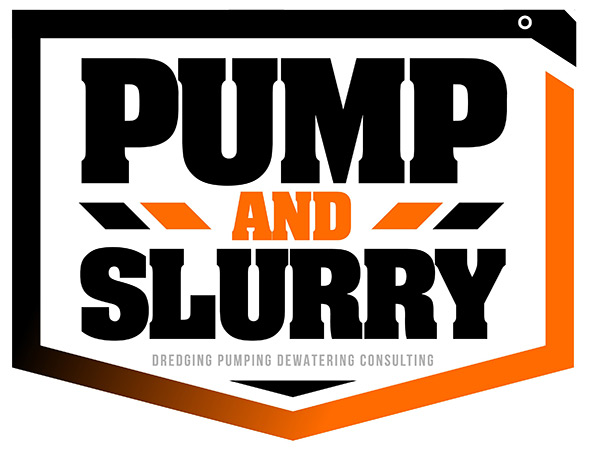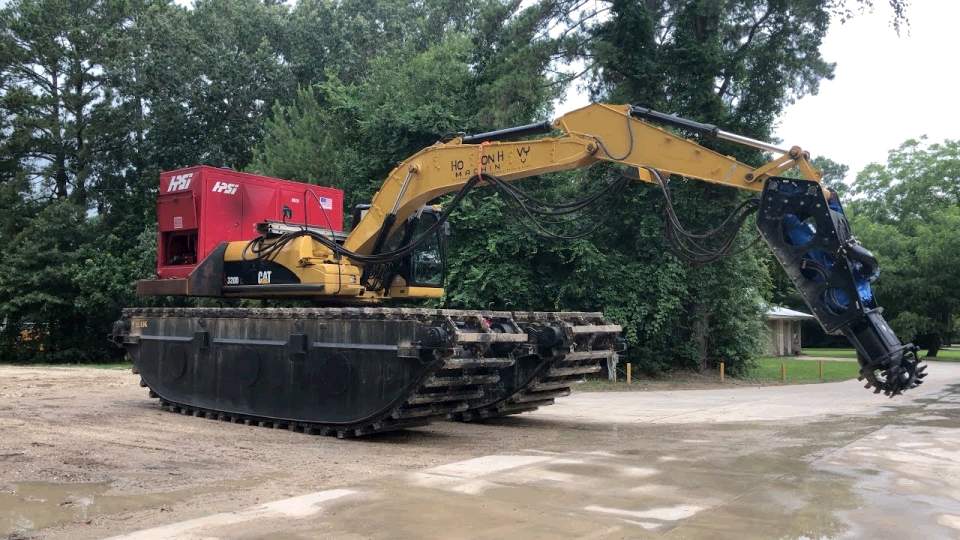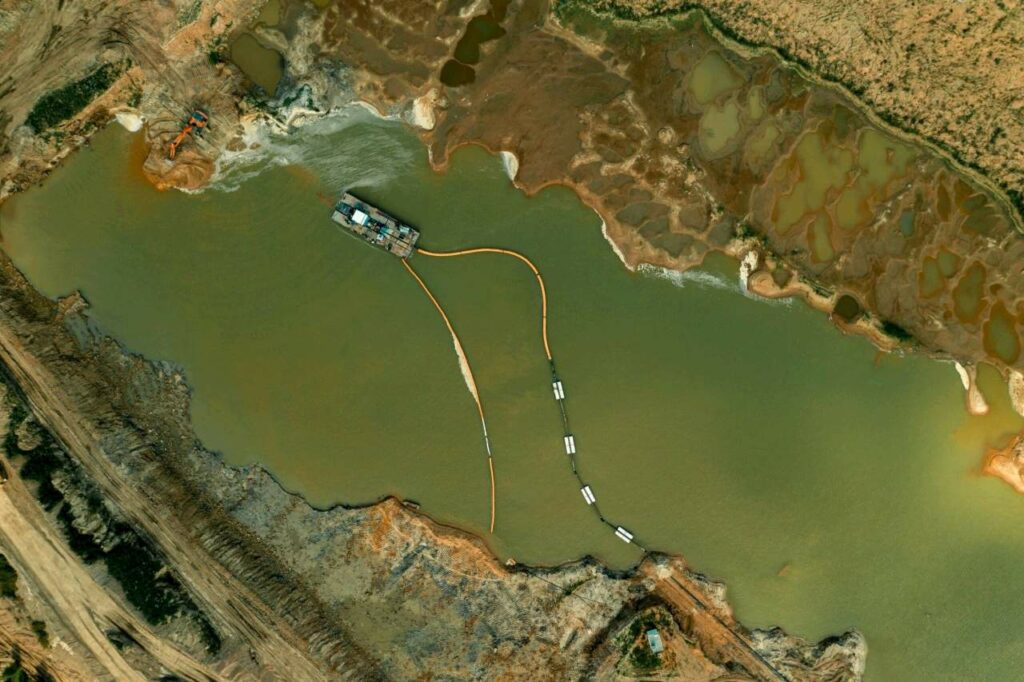Dredging Services |
GET STARTED
Contact us about dredge engineering, equipment, pumping, and dewatering to
meet your contract
requirements.
Starting a Dredging Project:
Common steps from start to finish in major dredging projects. Depending upon your project location, ownership and size of your project not every step will be required. Our services cover all of these areas to make your dredging project a success.
Step 1: Acquisition plan to obtain needed permits.
Step 2: Consolidated Permits Application
Step 3: DMMO Approval Process
Step 4: Bathymetric surveys
Step 5: Assistance with regulatory permits / consultations
Step 6: Material characterization
Step 7: Construction management
Step 8: Condition survey
Step 9: Development of and approval for Sampling & Analysis Plan
Step 10: Sediment characterization
Step 11: Planning for temporary relocation of tenants, boats, floats
Step 12: Dredging Operations Plan / Approval.
Step 13: Pre-Dredge survey / volume calculations.
Step 14: Notice to proceed.
Step 15: Pre-construction meeting.
Step 16: Dredging Day
Step 17: Execute Dredging Episode
Step 18: Mobilization
Step 19: Agency notification
Step 20: Staging / access issues.
Step 21: Construction management
Step 22: Compliance with permit conditions.
Step 23: Tracking disposal / reuse trips, volumes.
Step 24: Post-dredge surveys.
Dredging activities can even be performed in other parts of the world. It is possible to send the contractor’s own equipment including cutter suction dredgers, hopper dredgers, and even heavy stationary dredges.
The dredging activity is continuously monitored and surveys are performed to ensure that the dredging activity carries on as planned. Dredgers themselves have onboard monitors for accurate dredging location, position, and alignment.
Each new survey offers updated guidelines and it’s integrated into the dredger’s onboard system. In order to constantly evaluate the project’s development, there are constant surveys performed to provide data about the dredging area.
Work supervision ensures that there are clear records in terms of dredged volumes, dredging sections, and cycles, as well as equipment power. Delays are registered too in case of equipment failure or delays that have to do with the employer.
A good contractor keeps track of the progress through daily and weekly reports. Supervisors mention details concerning project development, as well as volumes, units, surveys, delays, and any other relevant information.
There will also be structured meetings. They will discuss the latest activities and developments.
At the end of the project, there will be a final project report prepared by the engineer. This one will comprehensively describe the dredging process throughout time. Biological remediation of dredged materials.
The conclusions and further recommendations concerning maintenance will be mentioned too. The annexes will feature related important documents.
The site will be cleared after the contractor successfully completes the project. Then the plant demobilization stage will be completed as well.
GET STARTED
Contact us about dredging consulting, equipment, pumping and dewatering to meet your contract requirements.






